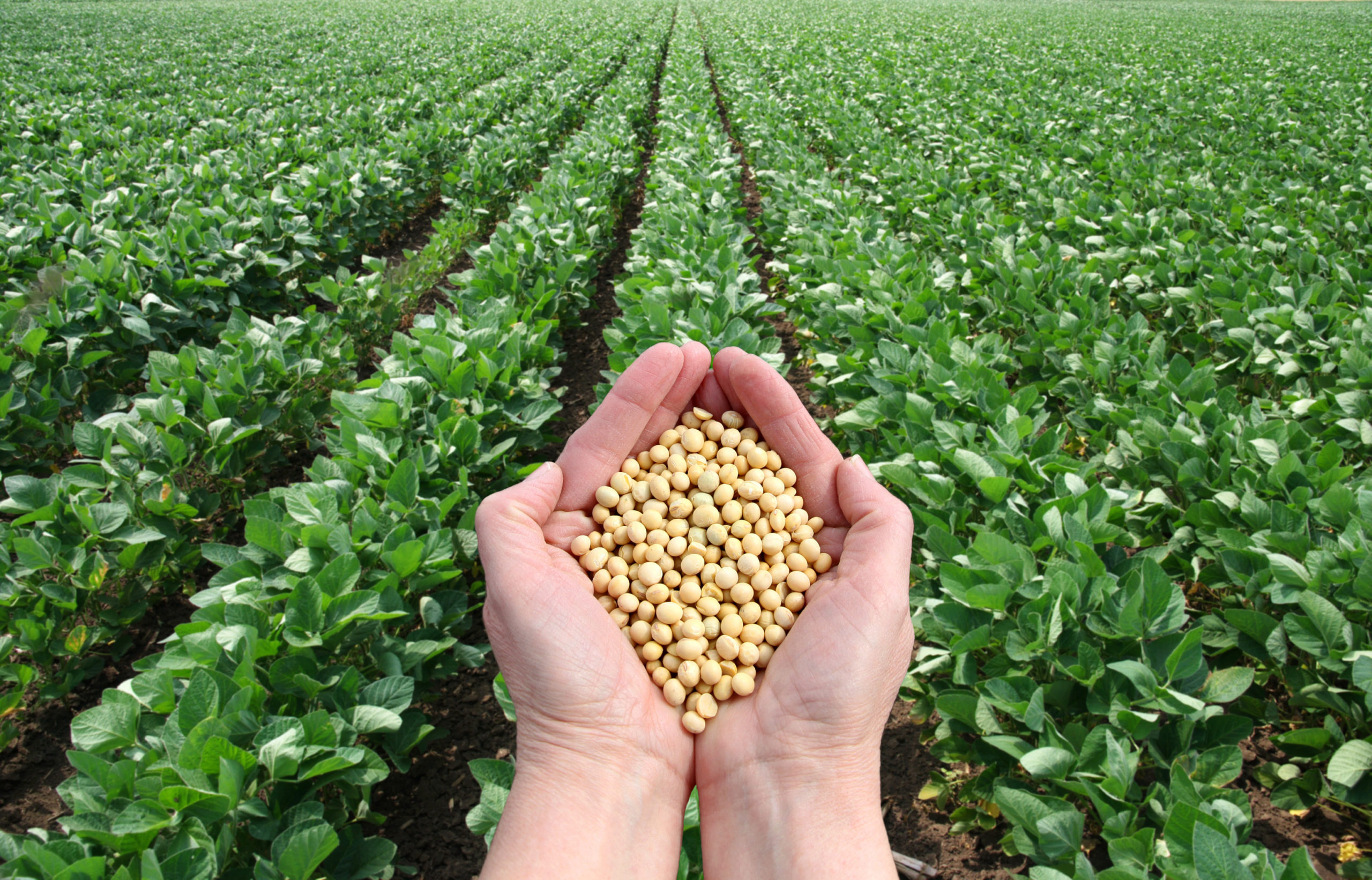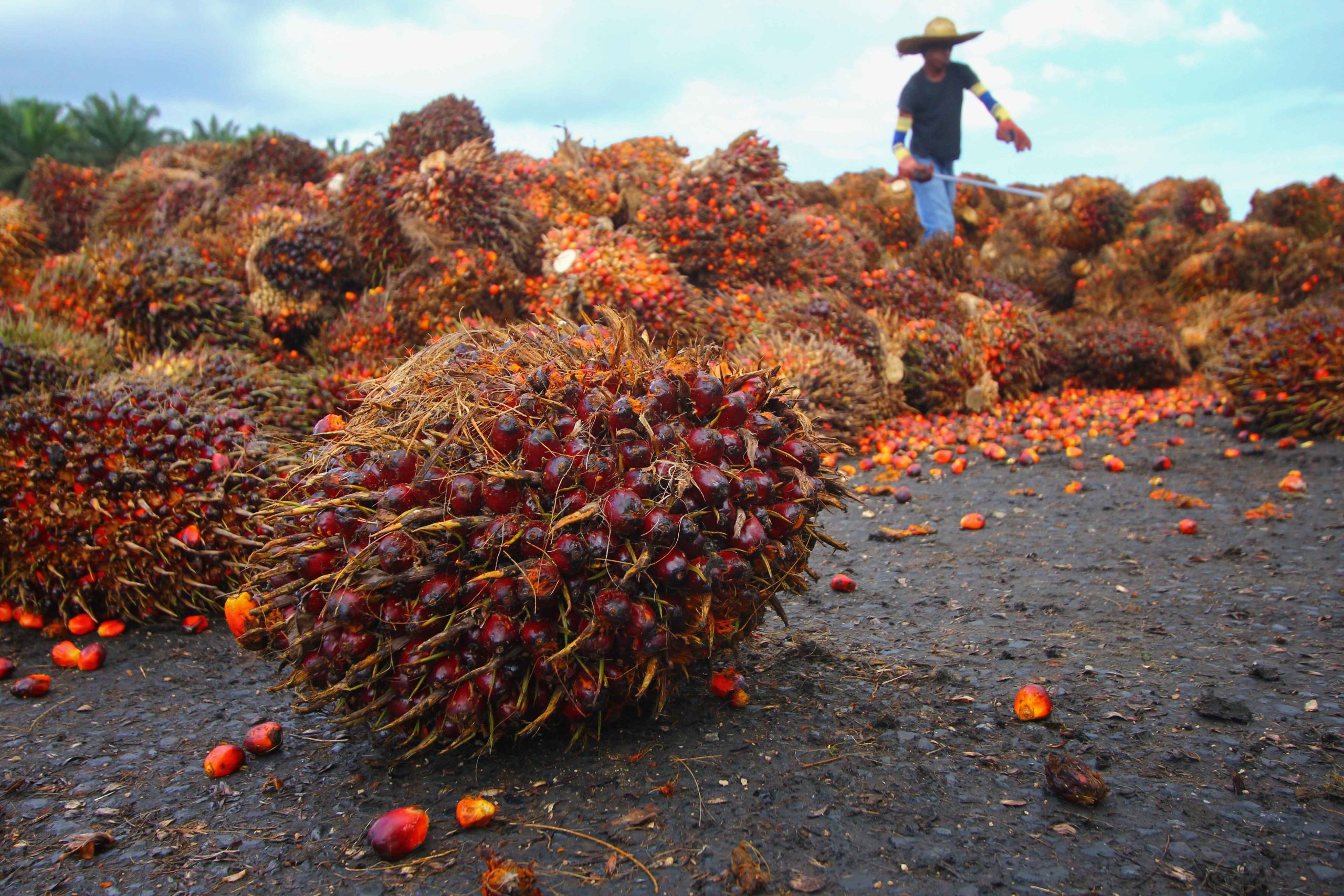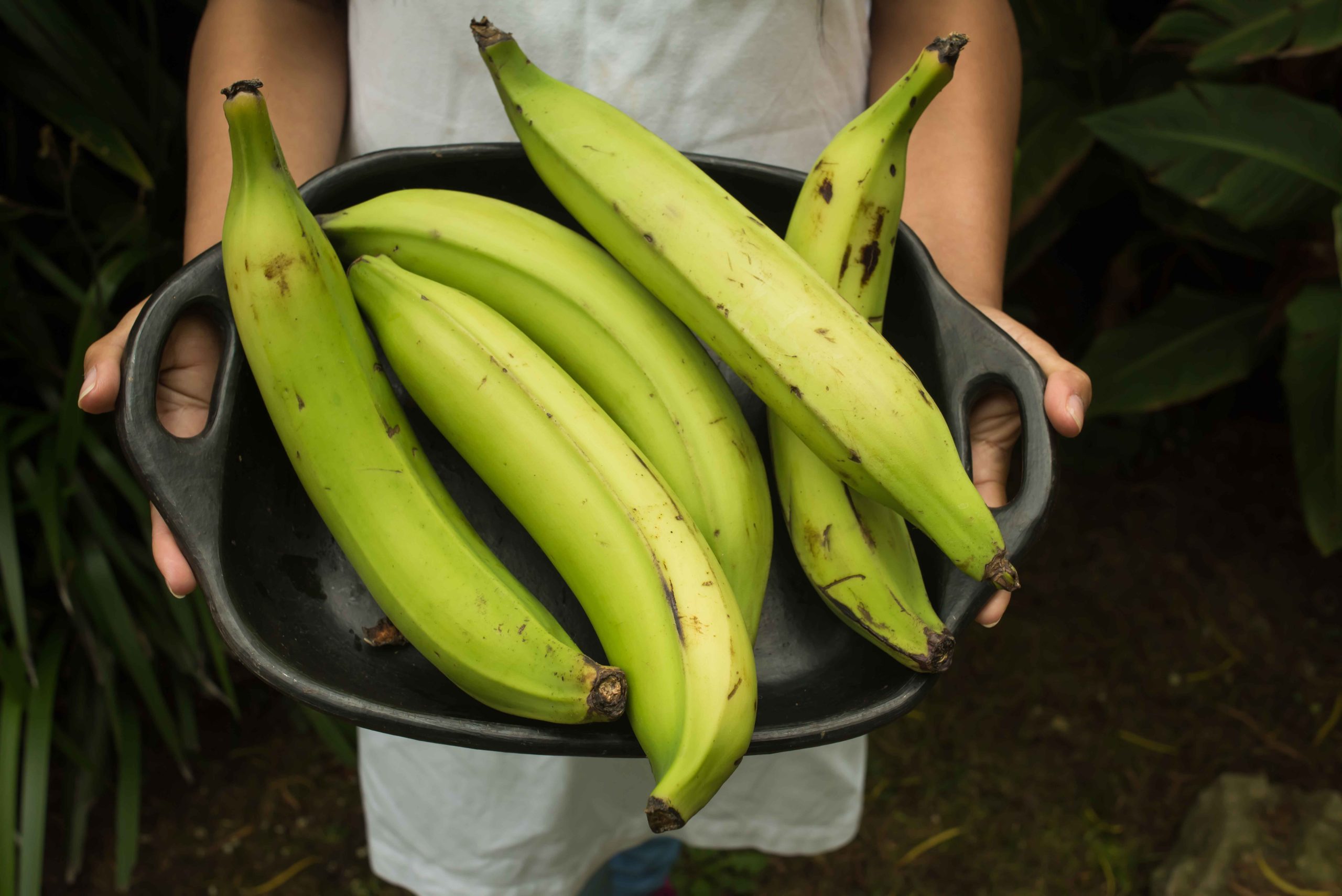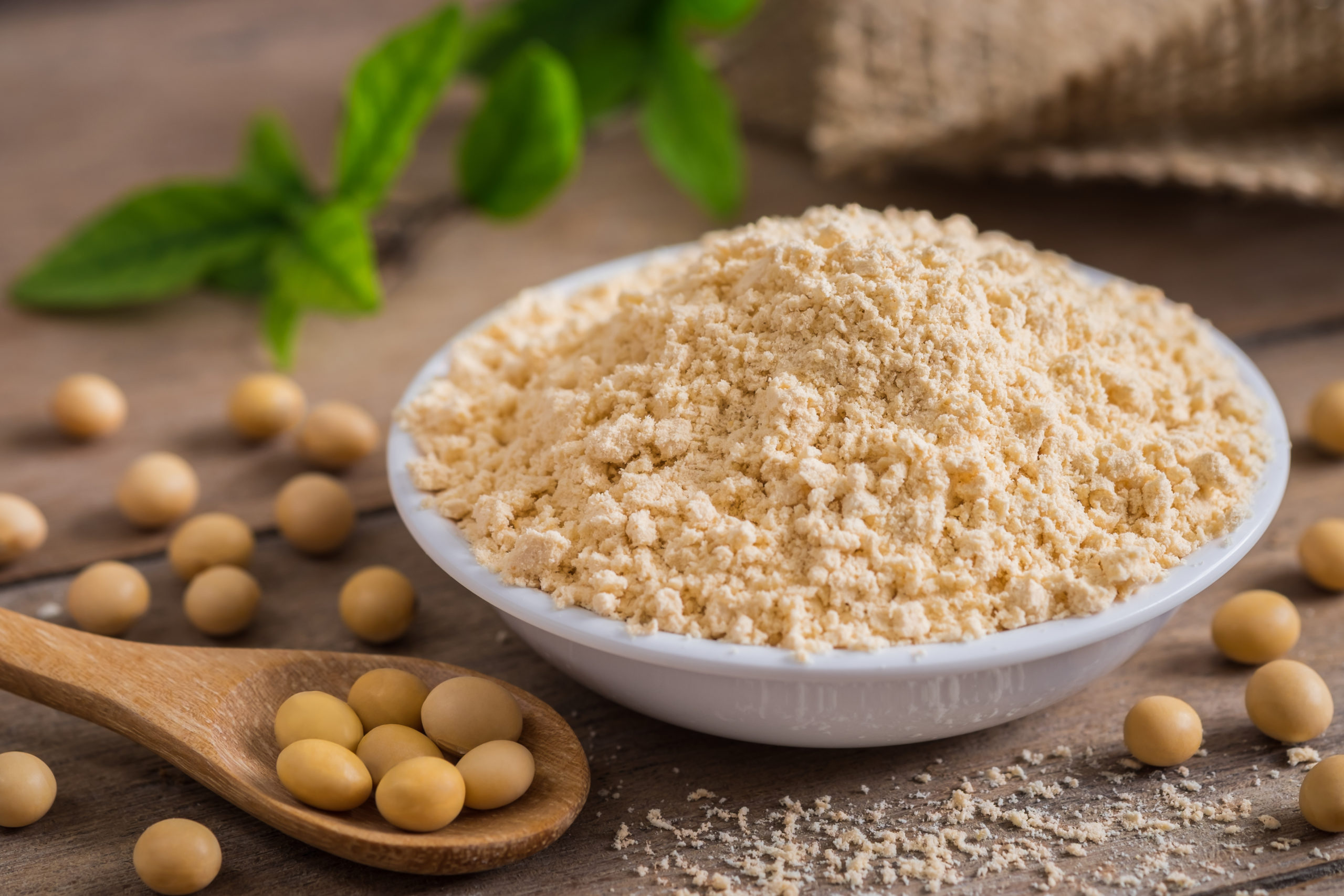TBC Ingredients ApS
Soy Lecithin
It is an excellent emulsifying and dispersive agent for margarine, bakery products, chocolates, coatings and other food products. It also gives consistent texture to dressings and other creamy products.
Lecithin
Sunflower Lecithin
Our sunflower lecithin is extracted from sunflower oil and is generally used as a natural emulsifier or stabilizer in various food applications.
It is an excellent emulsifying and dispersive agent for margarine, bakery products, chocolates, coatings and other food products.
It also gives consistent texture to dressings and other creamy products.
Lecithin
Lecithin
Lecithin is a generic term for any group of yellow-brownish fatty substances occurring in animal and plant tissues, and in egg yolk. It is composed of phosphoric acid, choline, fatty acids, glycerol, glycolipids, triglycerides and phospholipids.
Lecithin is extracted chemically using hexane or mechanically from sources such as soy beans and sunflower seeds.
Commercial lecithin used by food manufacturers, is a mixture of phospholipids in oil. The lecithin is obtained by degumming the extracted oil of the beans or seeds. Major sources of lecithin are soybean oil and sunflower oil.
The main phospholipids in lecithin from soya and sunflower are phosphatidylclorine, phosphatidylinositol, phosphatidylethanolamine and phosphatidicacid. They are often abbreviated to PC, PI, PE, and PA, respectively.


In confectionery it reduces viscosity, replaces more expensive ingredients, it controls sugar crystallization and the flow properties of chocolate, it helps in the homogeneous mixing of ingredients, improves shelf life for some products, and it can be used as a mix in coating.
In emulsions and fat spreads it stabilizes the emulsions, reduces spattering during frying, improves texture of spreads and improves flavor release.
In dough’s and bakery products it reduces fat and egg requirements, helps even distribution of ingredients in dough, it stabilizes fermentation, increases volume, protects yeast cells in dough when frozen, and it acts as a releasing agent to prevent sticking and simplify cleaning. It improves wetting properties of hydrophilic powders (e.g. low-fat proteins) and lipophilic powders (e.g. cocoa powder), controls dust, and helps complete dispersion in water. It can be used as a component of cooking sprays to prevent sticking and as a releasing agent.
For example, lecithin is the emulsifier that keeps cocoa and cocoa butter in a candy bar from separating. In margarines, especially those containing high levels of fat (>75%), lecithin is added as an ‘anti-spattering’ agent for shallow frying.
Lecithin is admitted by the EU as a food additive, designated by E number; E322.
There are studies that show soy-derived lecithin has significant effects on lowering cholesterol and triglycerides, while increasing HDL (“good cholesterol”) levels in the blood.
The food industry is only one of many fields of applications for lecithin. For example, lecithin is also used as a technical and nutritional component in dietetics, pharmacy, animal feeds, cosmetics and in chemical and technical industries.
Packing
Lecithin packing
Soy lecithin
Packing – liquid lecithin
- Bulk
- 1000 litre IBC-bulk container
- 200 litre drums
- 25 kg cartons
Sunflower lecithin
Packing – liquid lecithin
- Bulk
- 1000 litre IBC-bulk container
- 200 litre drums
Packing – de-oiled/powder lecithin
- 25 kg cartons






